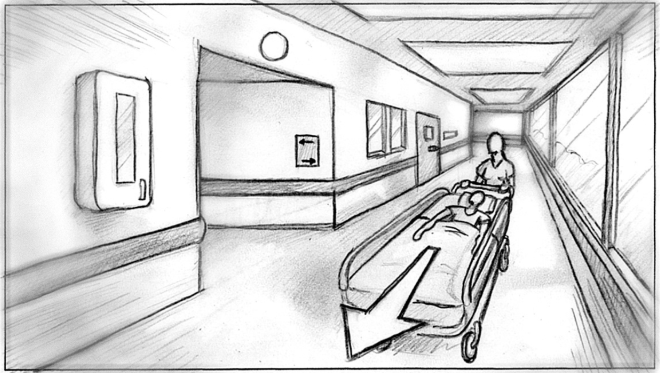
Storyboards
Storyboards allow authors to tell compelling stories.
Features
- Build fresh, informative, and dynamic experiences for your audience
- Combine the power of traditional media with the latest advances in artificial intelligence
- Stories automatically adapt to their connected target audience
- Share storyboards to supported product outlets, including: patient portals and charts, problem lists, testing, procedures, clinical notes, and more
When connected to a specific entity, such as a patient avatar, the story will dynamically customize itself to that entity.
The visual experience of a storyboard is a feed of both static and dynamic content, including: text, pictures, charts, tables, lists, links, and more. Dr. Know products display storyboards within useful and compelling user contexts.
How Storyboards Work
Storyboards are composed of one or more frames, each with a unique output display capability.
Each frame, or part of a story, is initialized with an input prompt during development. Prompts are natural language expressions that can contain static content that is displayed to the user or serve as instructions that tell the frame what to do, resulting in dynamic content being displayed to the user. Different frames support different storytelling capabilities. Learn more about frames and their capabilities here.
Clinical Language
Storyboard prompts also support the Dr. Know Clinical Language, offering a full clinical awareness of a connected patient avatar.
Embedding clinical language expressions inside your prompts allows for the creation of highly customizable and compelling story outputs.
